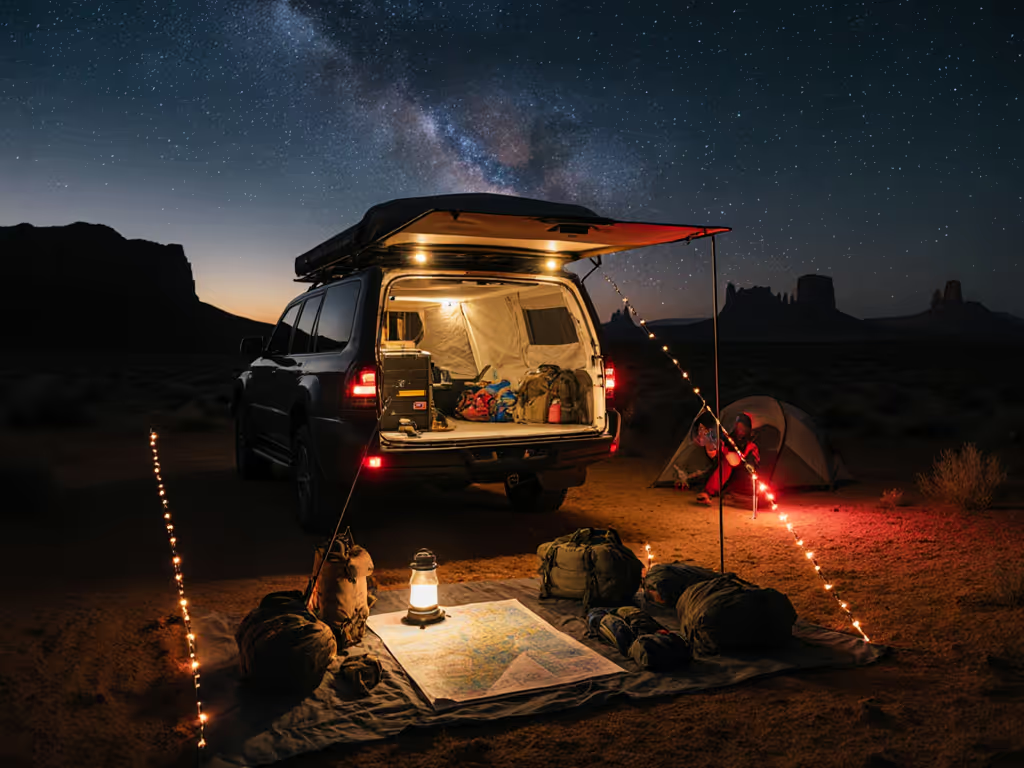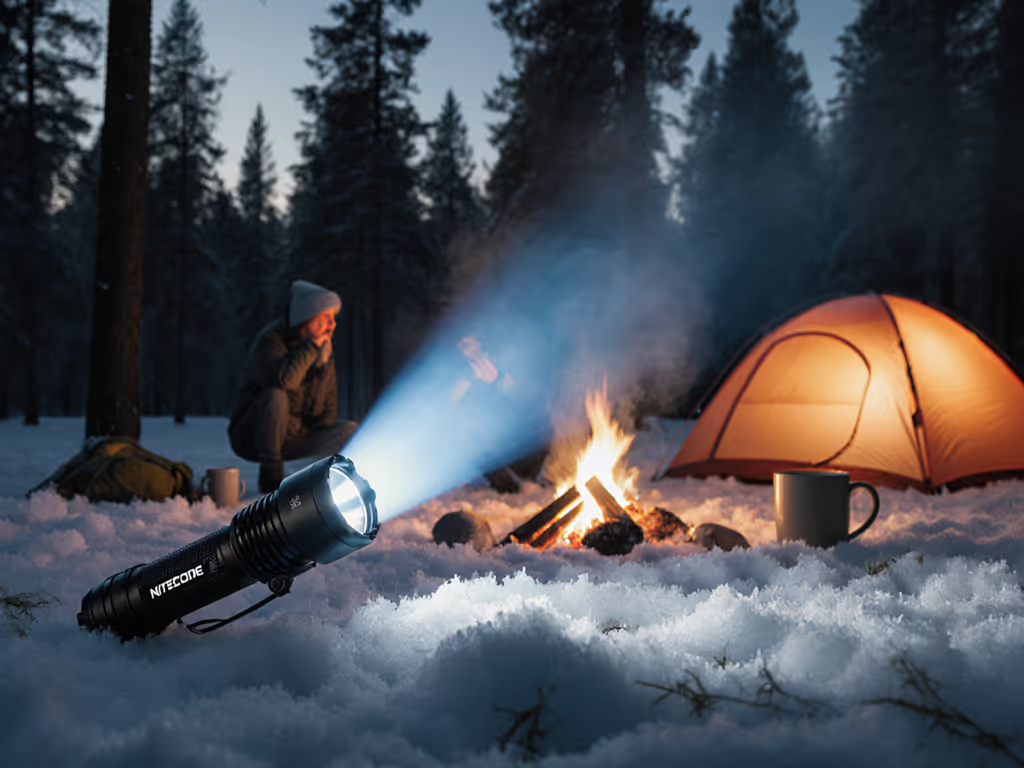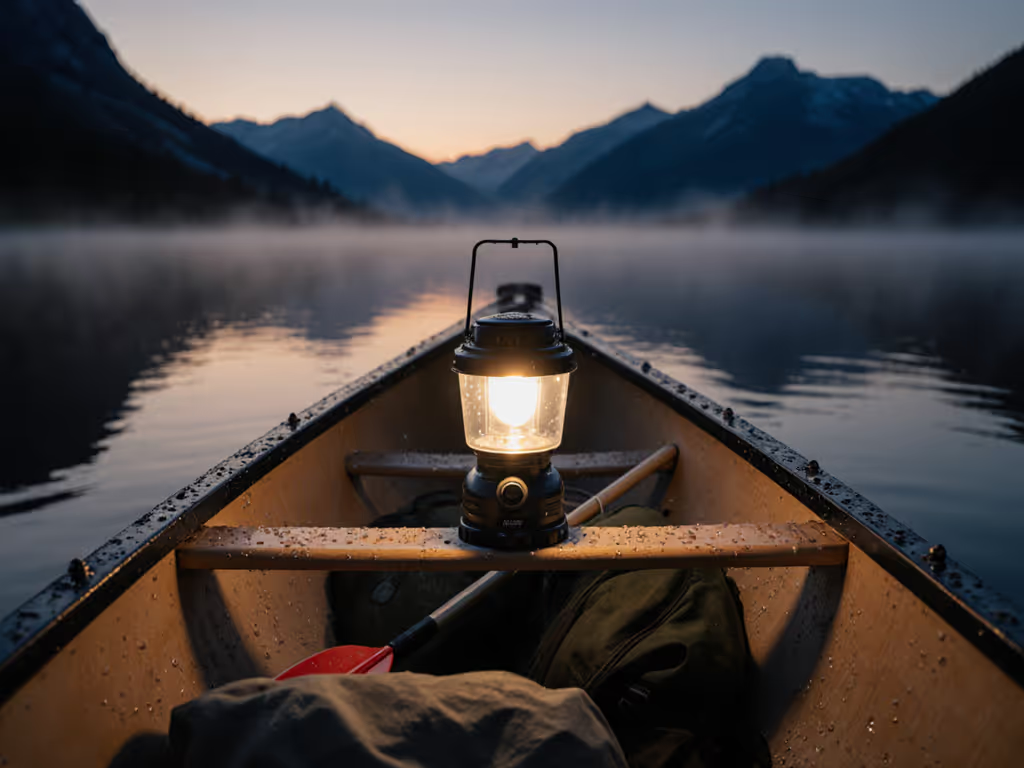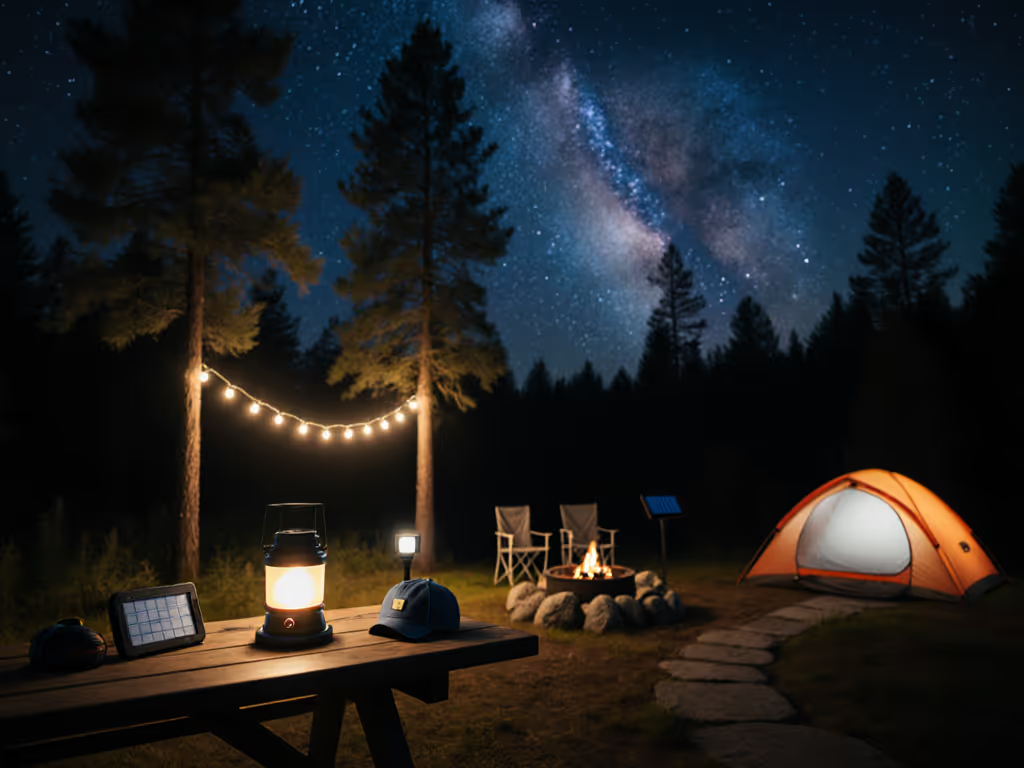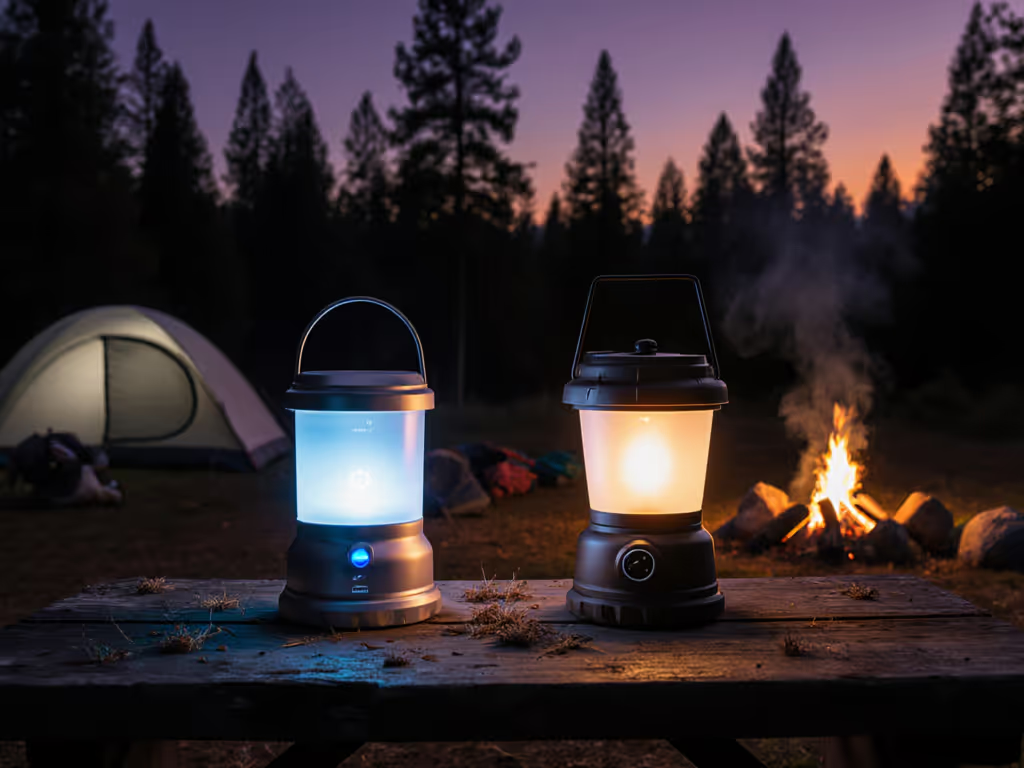
Best Camping Lantern Batteries: Rechargeable vs Disposable
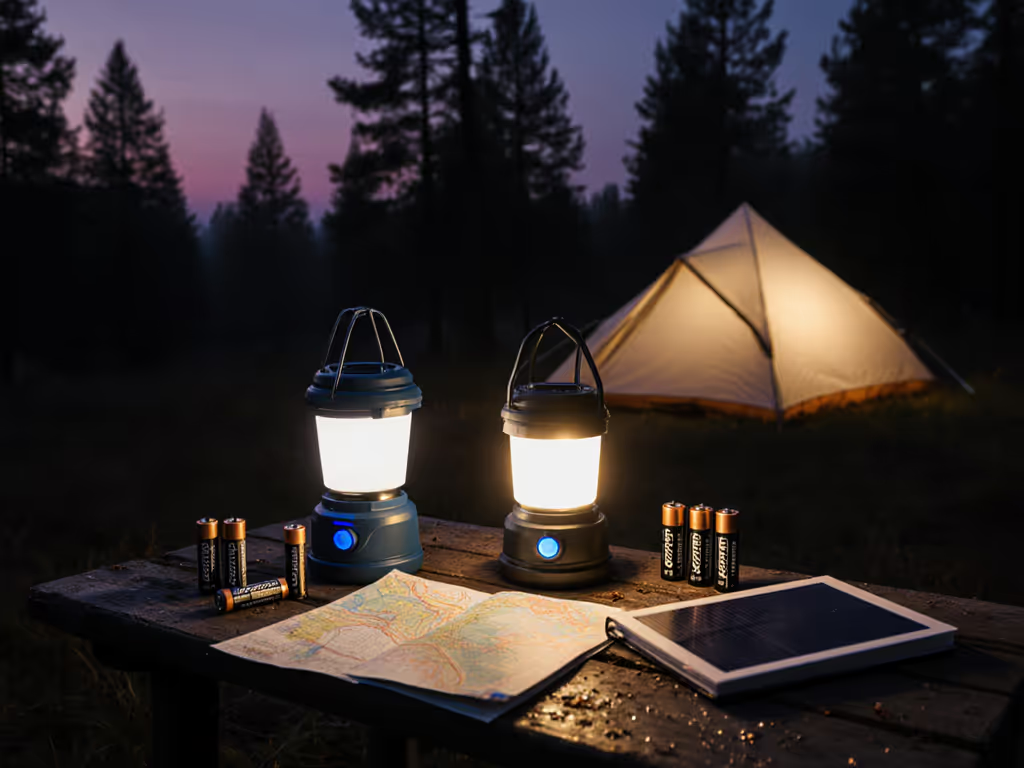
When selecting the best battery lanterns for camping, the power source decision shapes your entire experience, from preserving night vision to minimizing e-waste. For rechargeable vs disposable batteries, the choice extends beyond convenience: it impacts circadian health, campsite etiquette, and your connection to the natural environment. As a designer focused on human-centered lighting, I've seen how mismatched power systems disrupt group harmony and star-filled nights. Let's examine these options through the lens of ergonomics, sustainability, and genuine hospitality under the open sky.
Why Power Source Matters More Than Raw Lumens
Most campers fixate on max brightness while ignoring how power sources affect light quality. A 2700K warm-white LED with high CRI (Color Rendering Index >90) creates comfortable ambiance for storytelling and rest, but only if the battery maintains stable voltage. Disposables often dim unevenly, while cheap rechargeables may flicker or shift color temperature as they deplete. This isn't merely technical; it's psychological. Gentle light makes every voice easier to hear because cool, spiky light strains pupils and triggers stress responses. During a family campout, I watched our toddler's sleep cycle unravel under harsh 5000K light before switching to warm, dimmable LEDs, a quiet reminder that light is hospitality.
Key considerations often overlooked:
- Voltage stability: Affects color consistency (critical for cooking or first aid)
- Cold-weather performance: Lithium disposables outperform standard alkalines below 40°F
- Cable ecosystem: USB-C standardization reduces chaos versus Micro-USB or proprietary ports
- Glare control: Dimmable systems prevent accidental over-illumination that ruins neighbors' night vision

Rechargeable Systems: Efficiency with Nuanced Tradeoffs
Rechargeable batteries align with sustainable values but demand thoughtful implementation. For a broader look at minimizing battery waste and light pollution, see our eco-friendly camping lights guide. Modern lithium-ion packs (like the 3,000mAh cells in BioLite Luci Charge 360) offer consistent voltage until depletion, preserving that crucial 2700K warmth throughout use. This stability is vital for campsite harmony: no one wakes to jarringly bright light when a lantern auto-dims.
Advantages
- Long-term cost savings: At $0.05/charge vs. $0.50 per alkaline battery
- Cable standardization: 87% of new lanterns now use USB-C (per 2025 Outdoor Gear Report)
- Precise dimming: Enables 1-5 lumen settings for path markers without waking sleepers
- Reduced waste: Eliminates 4-6 disposable batteries per 3-day trip
Challenges & Solutions
Cold-weather vulnerability: Li-ion cells lose 30% capacity below freezing. Fix: Store spare packs inside your sleeping bag. The Black Diamond BD 1500 Rechargeable Battery handles sub-zero dips better than most thanks to thermal buffering in its circuitry.
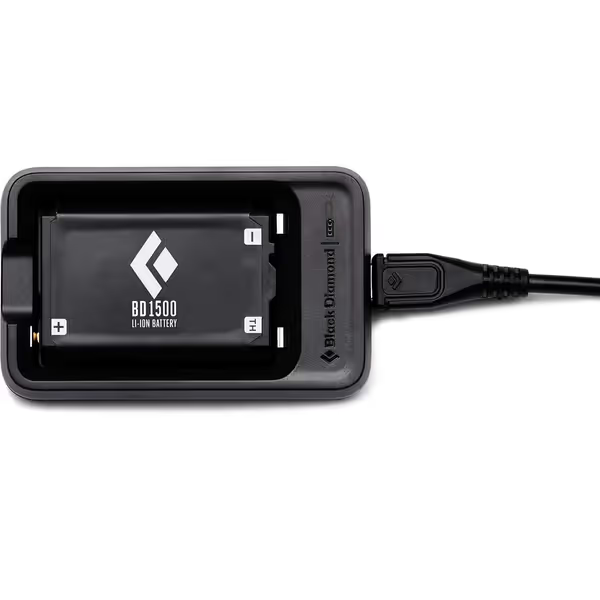
Black Diamond BD 1500 Rechargeable Battery & Charger
Inconsistent charging times: Solar panels rarely deliver advertised outputs. Fix: Pair Goal Zero Nomad 20 with a power station for reliable top-ups. Its 20W panel reliably charges a 5,000mAh lantern battery in 4-6 hours under partial shade, unlike cheaper alternatives that stall below 50% output.
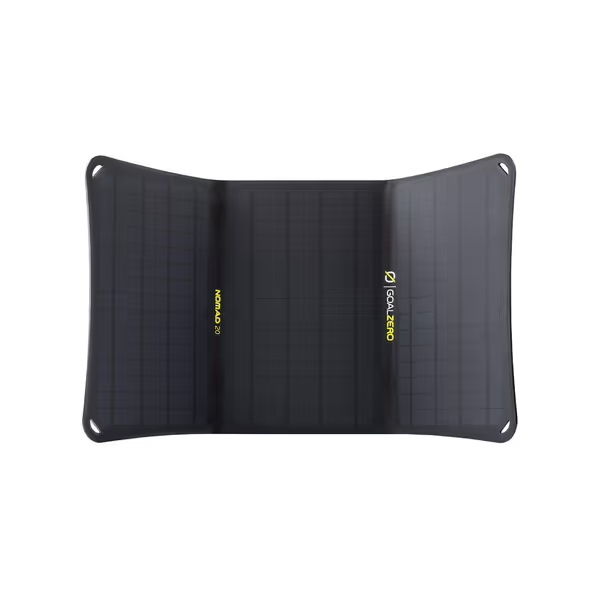
Goal Zero Nomad 20 Solar Panel
Proprietary formats: Many brands lock users into single-brand ecosystems. Fix: Prioritize 18650/21700 cells or USB-C PD inputs. The Fenix CL26R Pro exemplifies this with field-replaceable cells, avoiding the e-waste trap of sealed units.
Disposable Batteries: Reliability in Critical Contexts
While disposables generate more waste, their simplicity shines in specific scenarios. Lithium iron-disulfide (LiFeS₂) batteries (like Energizer L91s) deliver 80% capacity at -40°F and 15-year shelf life. For car campers or emergency kits where reliability trumps sustainability, they're unmatched.
Advantages
- Temperature resilience: 3x longer runtime than alkalines in freezing conditions
- Zero setup time: Critical for scout leaders managing 20 kids at dusk
- Predictable decay: Gradual dimming versus rechargeables' sudden cutoff
- No charging anxiety: Simplifies logistics for novice campers
Practical Limitations
Voltage sag: Alkalines drop from 1.5V to 0.9V rapidly, causing warm LEDs to shift blue. This ruins night vision, especially dangerous when navigating camp after bedtime. Mitigation: Use only lithium disposables (not alkalines) for night-safety lighting.
Cost creep: For 10+ annual camp nights, disposables cost 400% more than rechargeables. Example: Powering a UST 60-Day DURO Lantern for 60 nights requires $72 in D-cells versus $18 in electricity for a rechargeable equivalent.
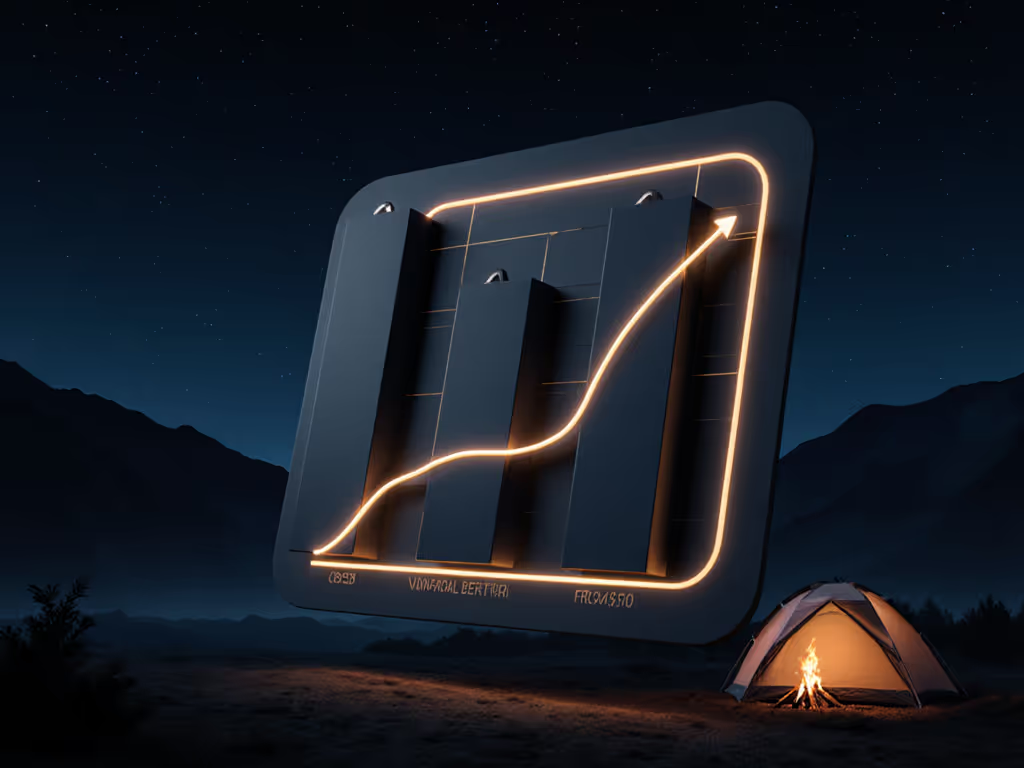
Weight burden: 4 D-cells add 12oz versus 4oz for a 5,000mAh USB-C power bank. Backpackers should recalculate every gram against perceived reliability.
Solar Integration: The Hybrid Sweet Spot
For car campers and extended stays, solar bridges the rechargeable-disposable gap. A 20W panel like the Nomad 20 recharges emergency lanterns while preserving starry skies, if implemented correctly. Key principles:
- Panel sizing: 1W per 500mAh battery capacity (e.g., 10W for 5,000mAh lantern)
- Angle optimization: 30° tilt north of equator maximizes summer yield
- Realistic expectations: 4 peak-sun hours = 80% daily recharge for a 5,000mAh bank
Solar isn't a magic solution, it's a ritual. Aligning panel placement with campsite orientation teaches us to work with natural energy flows rather than dominate them.
Many astro-photographers now use solar solely for camp tasks, preserving battery reserves for camera rigs. This layered approach respects both dark-sky ethics and power needs. When our group tested string lights at a Utah stargazing site, the BioLite Luci Solar strings ran 8 hours nightly on dawn charging alone, proving that best camping solar lights serve quietly without demanding attention.
Your Decision Framework: Matching Power to Purpose
| Scenario | Best Solution | Why |
|---|---|---|
| Backpacking >3 nights | Rechargeable + power bank | Weight savings outweigh charging effort |
| Family camp (kids under 8) | Hybrid: Rechargeable lantern + disposable backup | Avoids 2AM battery failures during meltdowns |
| Winter expeditions | Lithium disposables | Temperature resilience > sustainability |
| Basecamp/Overlanding | Solar + rechargeable system | Infinite runtime with zero noise |
| Dark-sky preserves | Rechargeable with red/amber modes | Minimizes light pollution by design |
Critical questions before buying:
- "Does this support 20-30% runtime buffer for my trip length?" (e.g., 40-hour runtime for a 30-hour trip)
- "Can I control CCT/CRI independently of brightness?" Warmth matters more than lumens for rest
- "Where will dead batteries go?" If no recycling, disposables become ethical dilemmas
Final Considerations: Beyond the Spec Sheet
Manufacturer battery life comparison charts often omit real-world variables like:
- 50% humidity reducing solar input by 15%
- LED efficiency drops at low voltages
- Frequent mode-switching draining standby power
Instead, seek user-tested power source analysis from dark-sky advocates. The UCO Candelier's candle-powered design (often dismissed as outdated) excels where electronics fail: zero glare, perfect warmth, and absolute silence. Sometimes the most sustainable battery is no battery.
As you weigh options, remember the campsite is a shared space. That ultrabright white lantern might solve your needs while violating neighbors' right to darkness. Long-term cost camping lights calculations must include social impact, because light that respects place earns trust. Last month while leading a scout group, I watched teens instinctively dim their lanterns when they grasped how light spills between tents. That's when I knew they'd internalized the core truth: light is hospitality.
For further exploration, consult the International Dark-Sky Association's lighting guidelines or test beam patterns using your phone's night-mode camera. True preparedness means understanding not just how your lantern works, but how it lives in the world.

